We may be compensated if you purchase through links on our website. Our team is committed to delivering honest, objective, and independent reviews on home products and services.
Project details
Skill
Cost
Estimated Time
Joe Ferrante has been laying tile for 30 years—many of them for This Old House—and after all this time, he’s still enamored with the material. “I love tile,” he says. “It’s beautiful, and it doesn’t require much maintenance.”
Tiling a floor can transform the look of any room while providing a durable, easy-to-clean surface. Whether you’re updating a bathroom, kitchen, or entryway, learning how to tile a floor is a valuable skill for any homeowner. In the above video, Ferrante demonstrates how to plan and begin a tile installation in a bathroom. We describe the process below.
Choosing the Right Tile
Options for bathroom tiles differ significantly in cost, appearance, and durability. When selecting tile, you’ll want to consider the material, shape, and size.
Tile Materials
- Ceramic tiles: Ceramic tiles are ideal for kitchens and bathrooms because they are water-resistant and come in various designs.
- Porcelain tiles: These tiles are more durable than ceramic tiles, but they’re more expensive. They work best in high-traffic areas.
- Natural stone tiles: Stone tiles offer a unique, upscale appearance but require more maintenance.
Tile Size and Shape
Large tiles create a more seamless look with fewer grout lines, but small tiles are often better for intricate designs and can be easier to install in irregularly shaped areas. Mosaics are often used for decorative elements or smaller rooms.
Bigger tiles can make a small room look more expansive, while mosaics or smaller tiles add intricate details.
How to Lay Tile: Step by Step
With proper planning, preparation, and attention to detail, you can achieve professional-looking results. Remember to take your time, especially during the layout and first few rows of tile installation, as these set the foundation for the entire project.
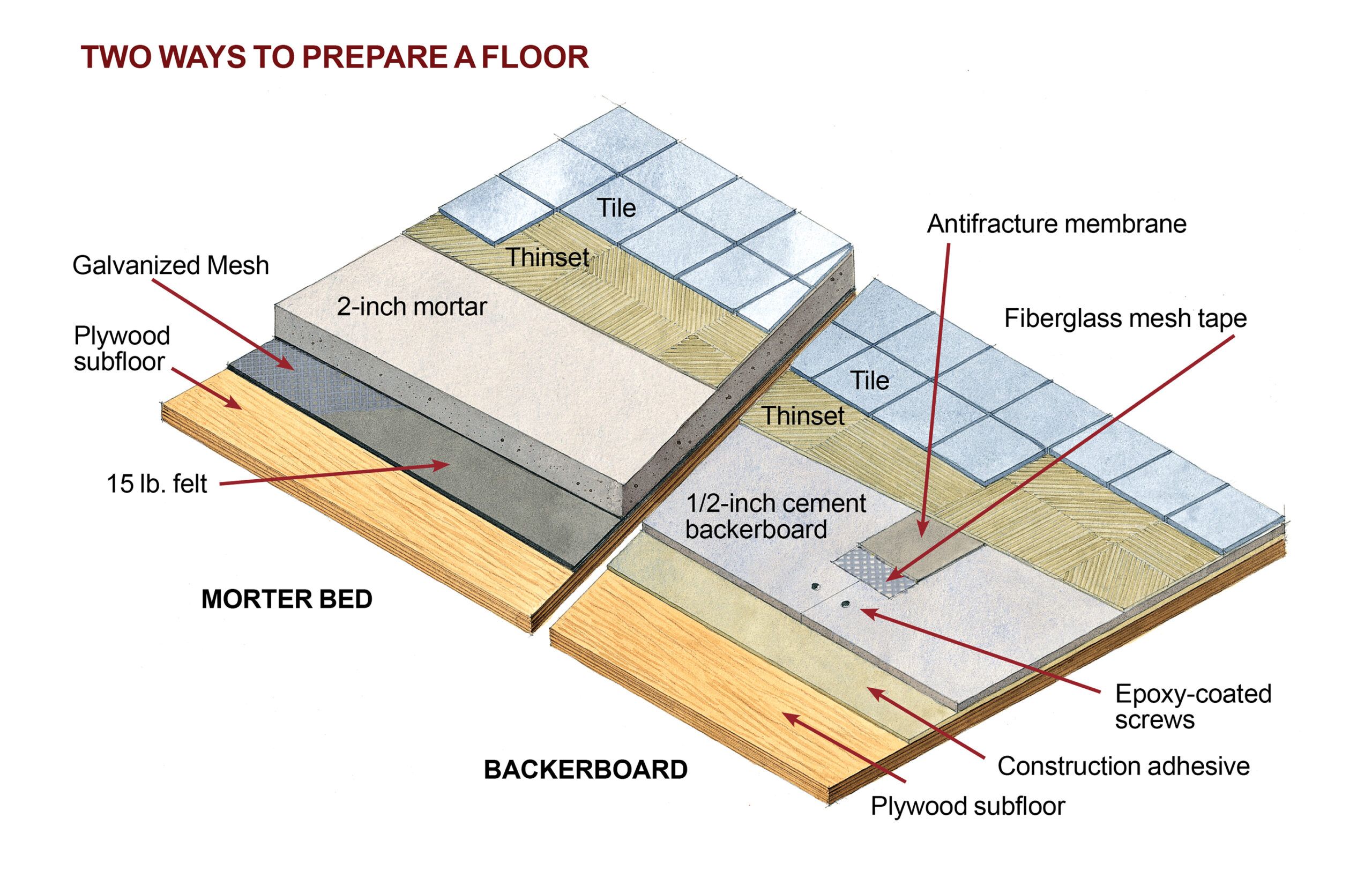
Before diving into a tiling project, keep the following general tips in mind:
- Strive for a layout that maximizes the number of whole tiles.
- When awkwardly sized tiles cannot be avoided, place them away from the main sight lines from the doorway or where they will be covered.
- Don’t step on any tiles until the thinset has cured for at least 24 hours.
- Save all of the cuts requiring a wet saw for last. Then rent the wetsaw for one day.
Tools You’ll Need
Tile work requires a specialized set of tools.
1. Start a Dry Layout
Before mixing up thinset, make sure you have all the right tiles in the right place. You can do this by dry-fitting tiles on your floor.
- Find the midpoint of each wall and snap chalk lines on the floor. The line crossing at the room’s center is the starting point for the tile.
- Lay a row of tiles along a straightedge more than halfway across the room. For consistent joints, use tile spacers. This row determines the size of cut tiles along the walls.
- At the room’s center, place a tile where the chalk lines cross, with the tile’s edges touching the lines. Measure from one wall (wall A) to the nearest tile edge.
- Starting at a joint, measure along the tile row and mark the distance you just measured. The mark shows the width of the tile at the wall. If that measurement is less than 2 inches, go back to the center tile and move it away from wall A to create a wider cut tile.
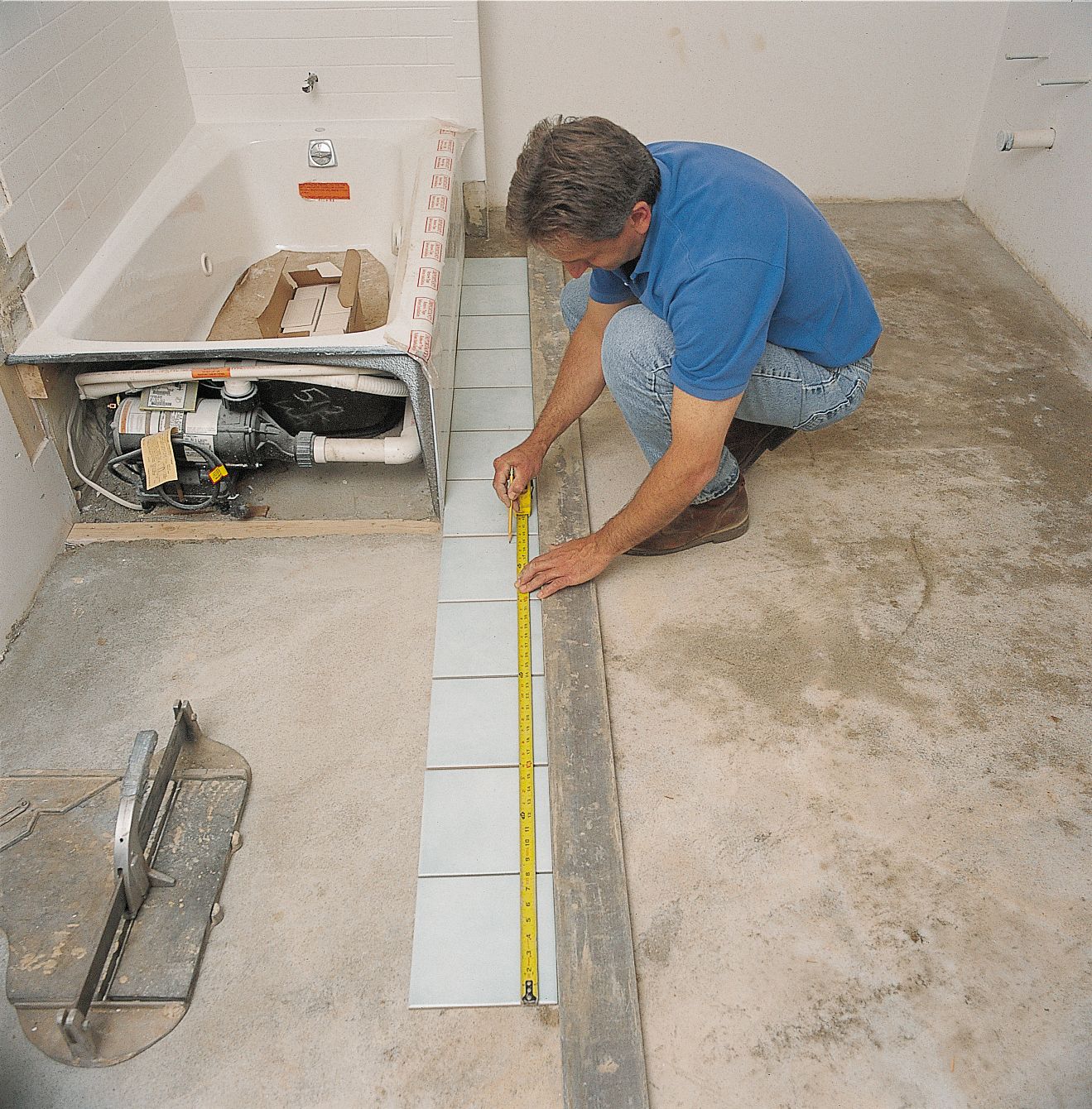
2. Finish the Dry Layout
Before moving on, finish the dry-fit.
- From the center tile, measure to the opposite wall (wall B). Mark this distance along the tile row. Adjust the center tile along the A-to-B line until measurements at walls A and B are the same.
- After adjusting the A-to-B line, mark the center tile where it touches the chalk line between the other walls (wall C and wall D). Align these marks with the C-to-D chalk line.
- Repeat the measuring and adjusting process for walls C and D.
- Lay a straightedge parallel to the C-to-D line and against one side of the center tile. Mark the straightedge where it meets a corner of the tile. This mark is your starting point for laying tile.
- Trim door casings with a flush-cut saw so tile can slip underneath. Cut with the saw held flat against a tile on top of a piece of cardboard (to represent the thickness of the thinset).
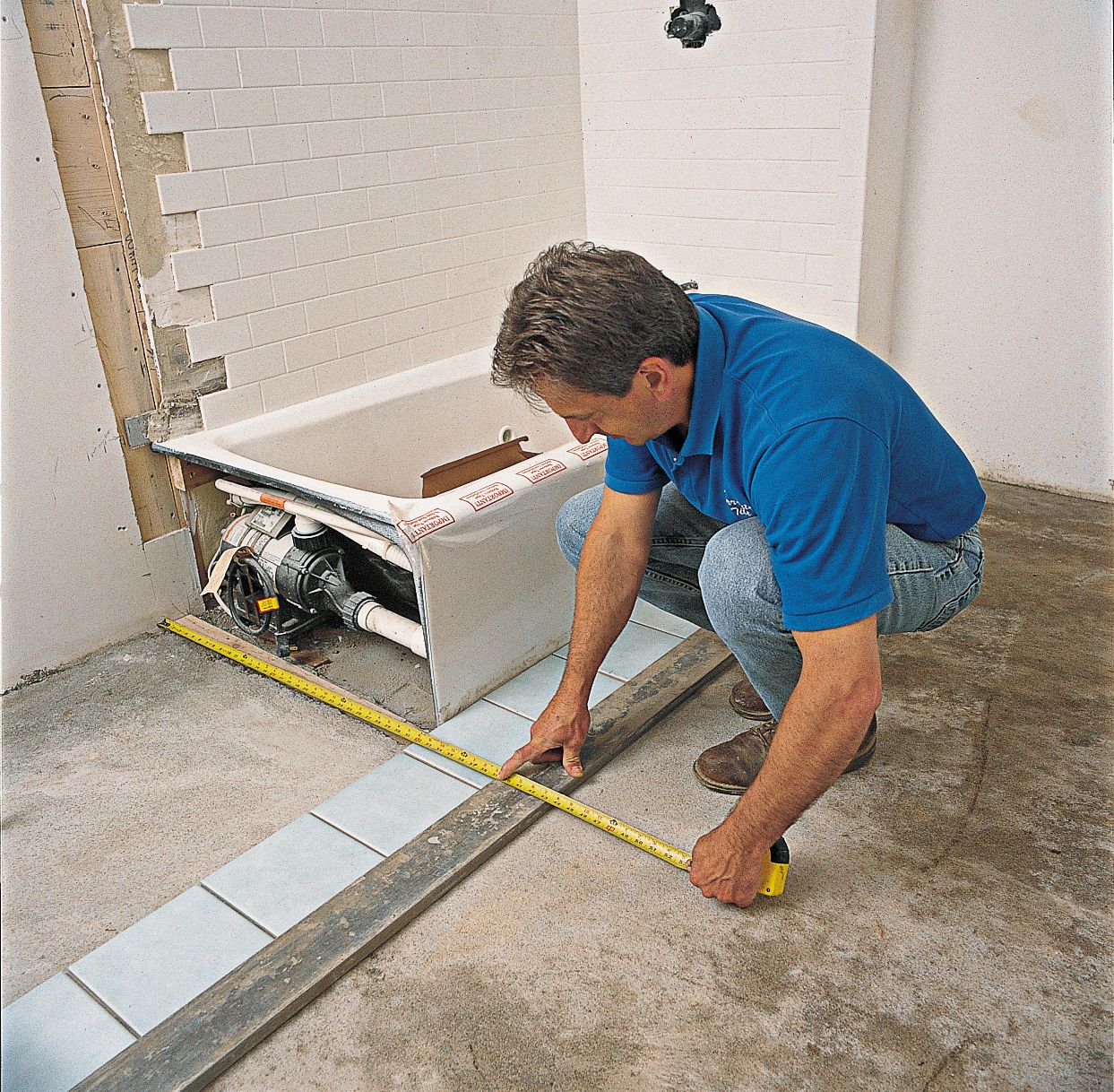
3. Spread Thinset Mortar
With your tiles ready, you can start mixing up the thinset.
- Chuck a mixer into a drill and blend the powdered thinset with latex additive—not water—until it’s the consistency of mayonnaise. Let it slake (rest) for about 10 minutes. Mix only as much thinset as you can use in 2 hours.
- With the flat edge of a trowel, spread a thin layer of thinset (scratch coat) over a 2-by-3-foot area next to the straightedge.
- Before the scratch coat dries, apply more thinset using the notched edge of the trowel. Hold the trowel at a 45-degree angle to the floor and spread the thinset evenly in broad curved strokes, then finish with a straight pass, which ensures the best adhesion. Combing the thinset into furrows allows air to escape as the tile is set.
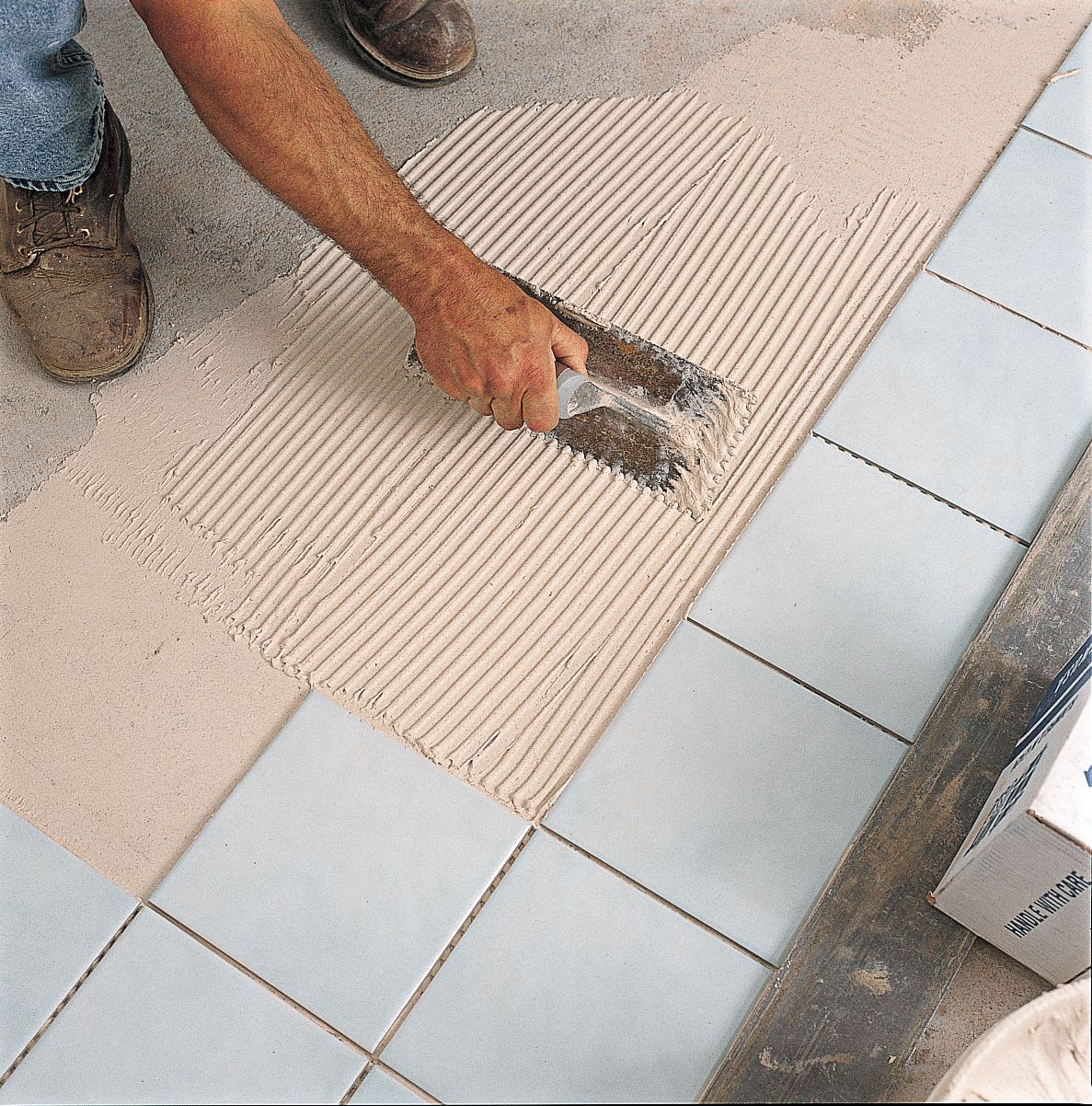
Tip: When spreading thinset, press down hard so that the trowel makes a scraping sound; the trowel’s notch size should equal the tile thickness.
4. Set the Tile
Once the thinset is on the floor, you can start laying tile.
- Gently lay a tile on thinset next to the straightedge. With fingertips widespread, push down with a slight twist of the wrist.
- Use this same technique to set each tile, making one row along the straightedge. Use tile spacers to ensure even joints.
- Move the straightedge out of the way and lay the next row alongside the first, using the edge of the tile as your guide. Continue spreading thinset and setting tiles in 2-by-3-foot sections, working from the center of the room out toward the walls. Every few rows, hold a framing square or A-square alongside the edge of the tiles to check that they are square to each other.
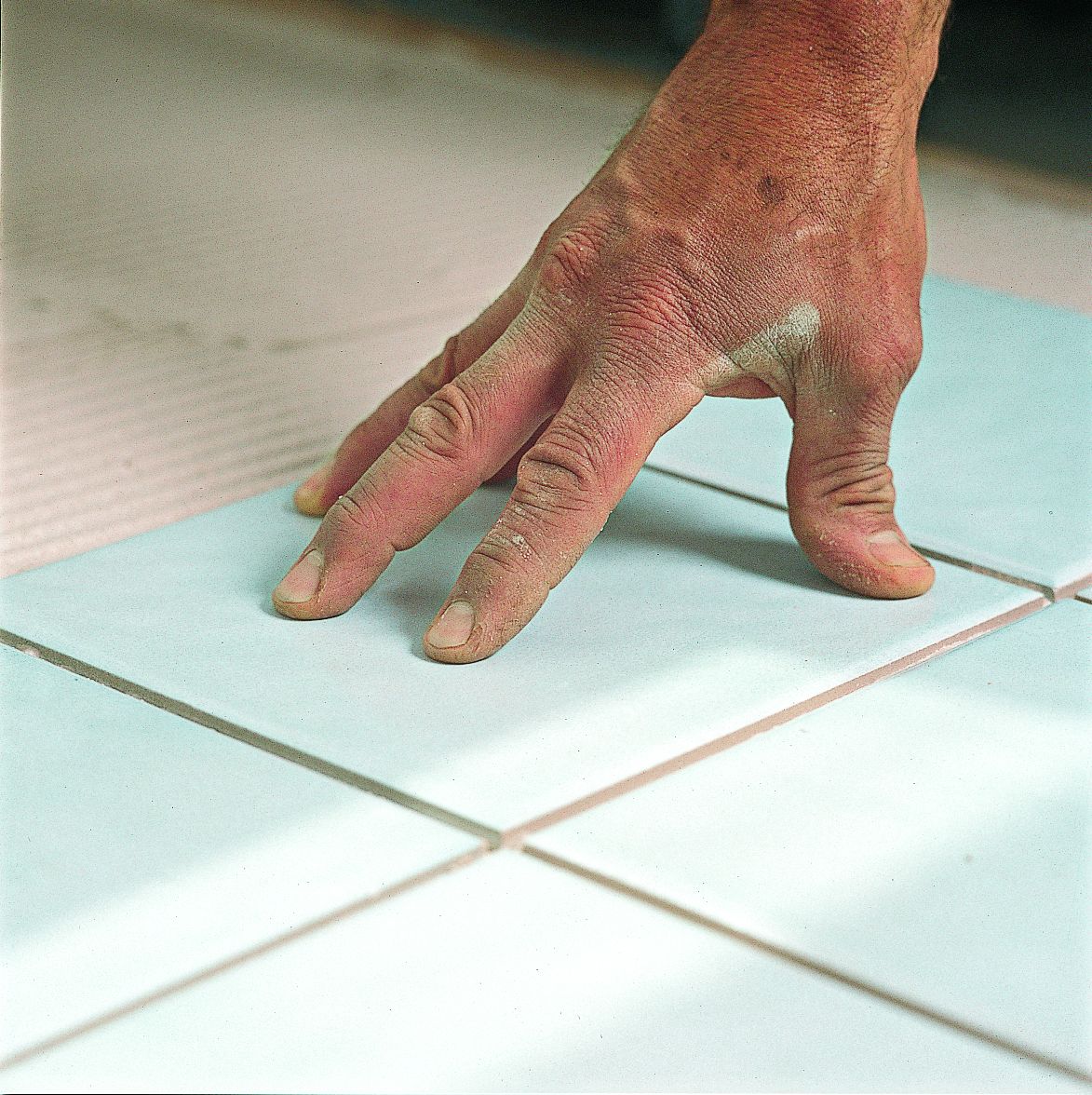
Tip: Consistent finger pressure (and constant practice) helps avoid lippage—where a tile’s edge is higher or lower than its neighbors.
5. Make Final Cuts
Most of the time, your floor space won’t match up exactly with full tiles. You’ll have to cut some tiles to make it fit perfectly.
- Make straight cuts as needed with a snap cutter. When waste is more than an inch wide, score tile with one firm stroke, then break by pushing down handle. Smooth cut edge with rubbing stone.
- For straight cuts with waste less than an inch wide, score tile on snap cutter, then snap pieces off with nibblers or use a wet saw.
- To fit a tile around an outside corner, hold one edge against the wall and mark the tile where it touches the corner. Pencil a line all the way across the tile. Then, without turning the tile, move it to the other side of the corner and again mark where tile and corner meet. Mark an X on the part to be cut away.
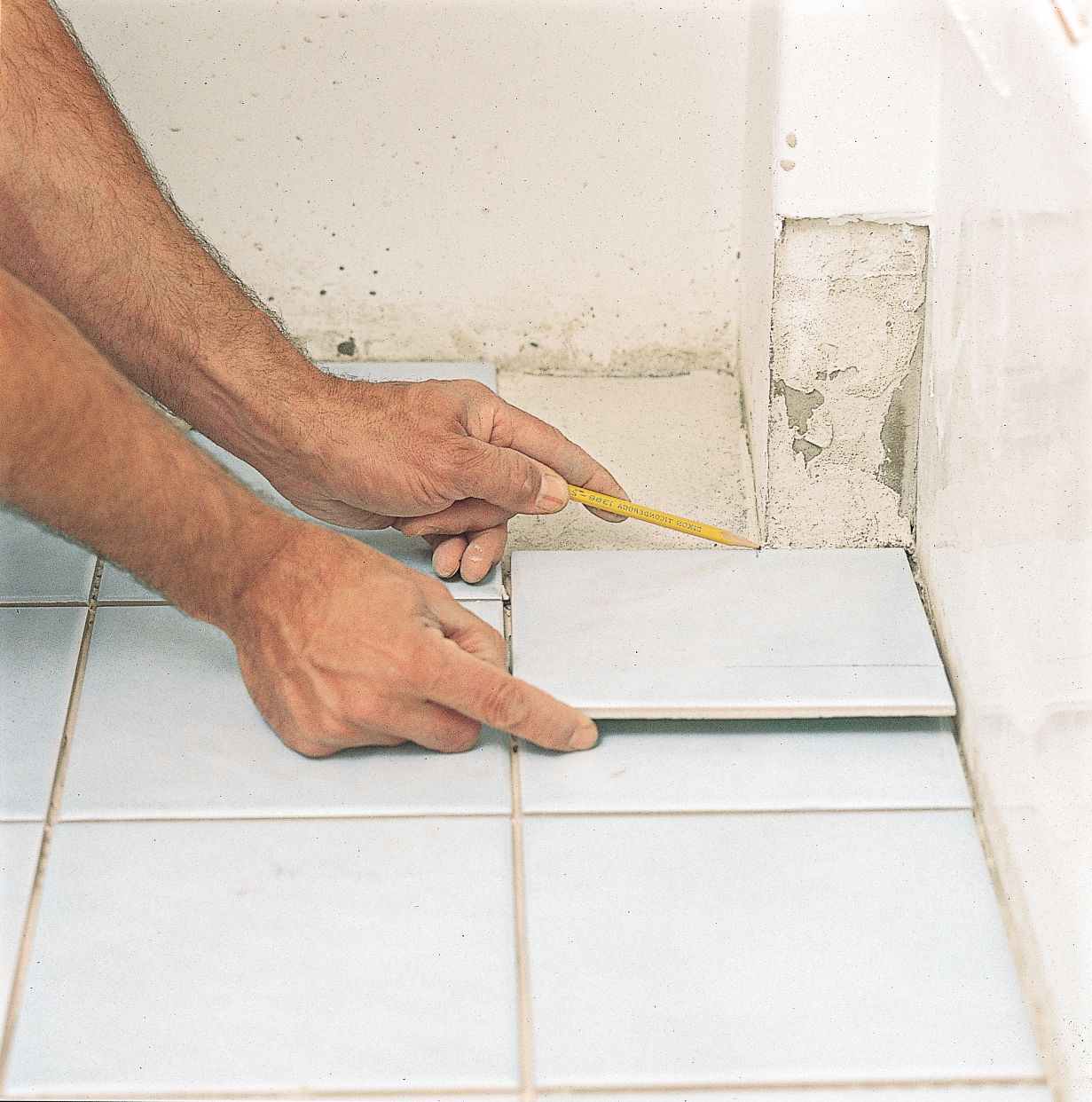
6. Notch the Tile
For more intricate cuts, you can do the following:
- Cut the tile from the mark to the line with a wet saw, taking care not to go beyond the line. Then turn the tile and cut along the line next to the X, up to but not beyond the first cut. At end of cut, lift up the edge farthest from you to help free the waste.
- For curved or scribed cuts, make parallel slices with the wet saw into the waste section, up to but not past the line marking the cut. Then break away the remaining “fingers” with nibblers.
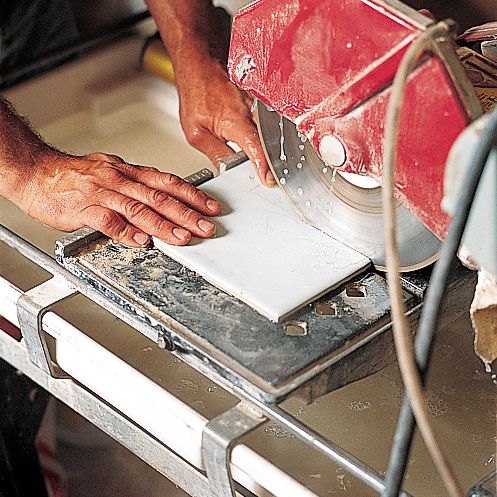
7. Fill the Tile Joints with Grout
Allow the tile to set overnight. Then, the next day:
- Use a margin trowel to scrape off any thinset from the tile surface or in the joints.
- Mix a batch of grout to a looser-than-mayonnaise consistency. Add water a little at a time by squeezing it from a sponge.
- Scoop a trowelful of grout onto the floor and spread it with a rubber float held at a 45-degree angle to the floor. Push grout into the joints by first moving the float in line with the joints, then diagonal to them. Work from the edges of the room toward the center.
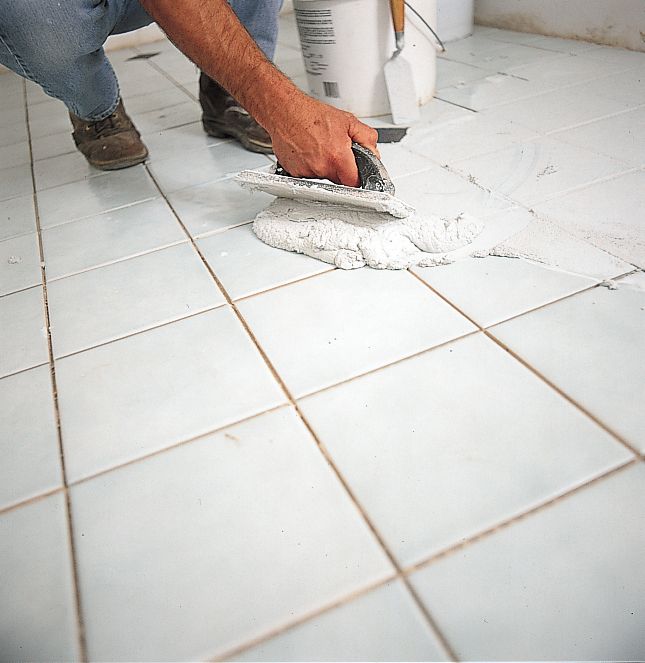
8. Cleaning up the Grout
Allow the grout to set up for 30 minutes. It should be firm to the touch before washing the tile’s surface. Then:
- Wipe away grout haze with a damp, well-squeezed sponge rinsed often in a bucket of clean water.
- Wait for grout to haze over, then wipe with clean sponge.
- Repeat until the tile is clean.
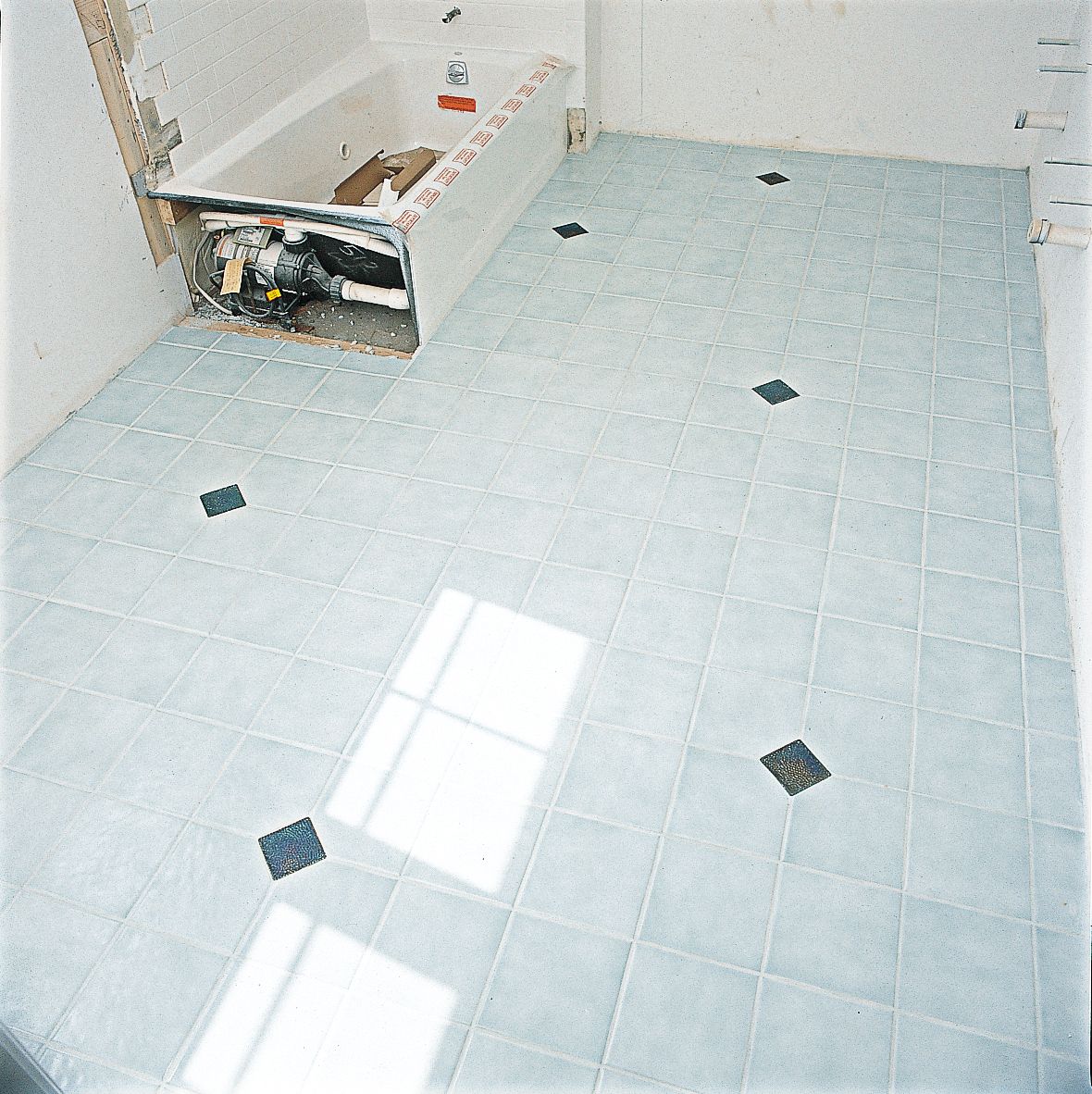
Tip: Don’t be too aggressive when wiping up grout haze, or you could pull grout out of the joints.
Our Conclusion
While the initial tiling steps may seem tedious, they are essential for preventing common issues like uneven tiles or poor alignment. Investing time in planning and preparation will make the tiling process smoother and more enjoyable.
As Ferrante points out, ensuring a stiff and stable subfloor is critical to maintaining the integrity of the tile work. Following these steps carefully will ensure a beautiful, durable floor that lasts for years.














